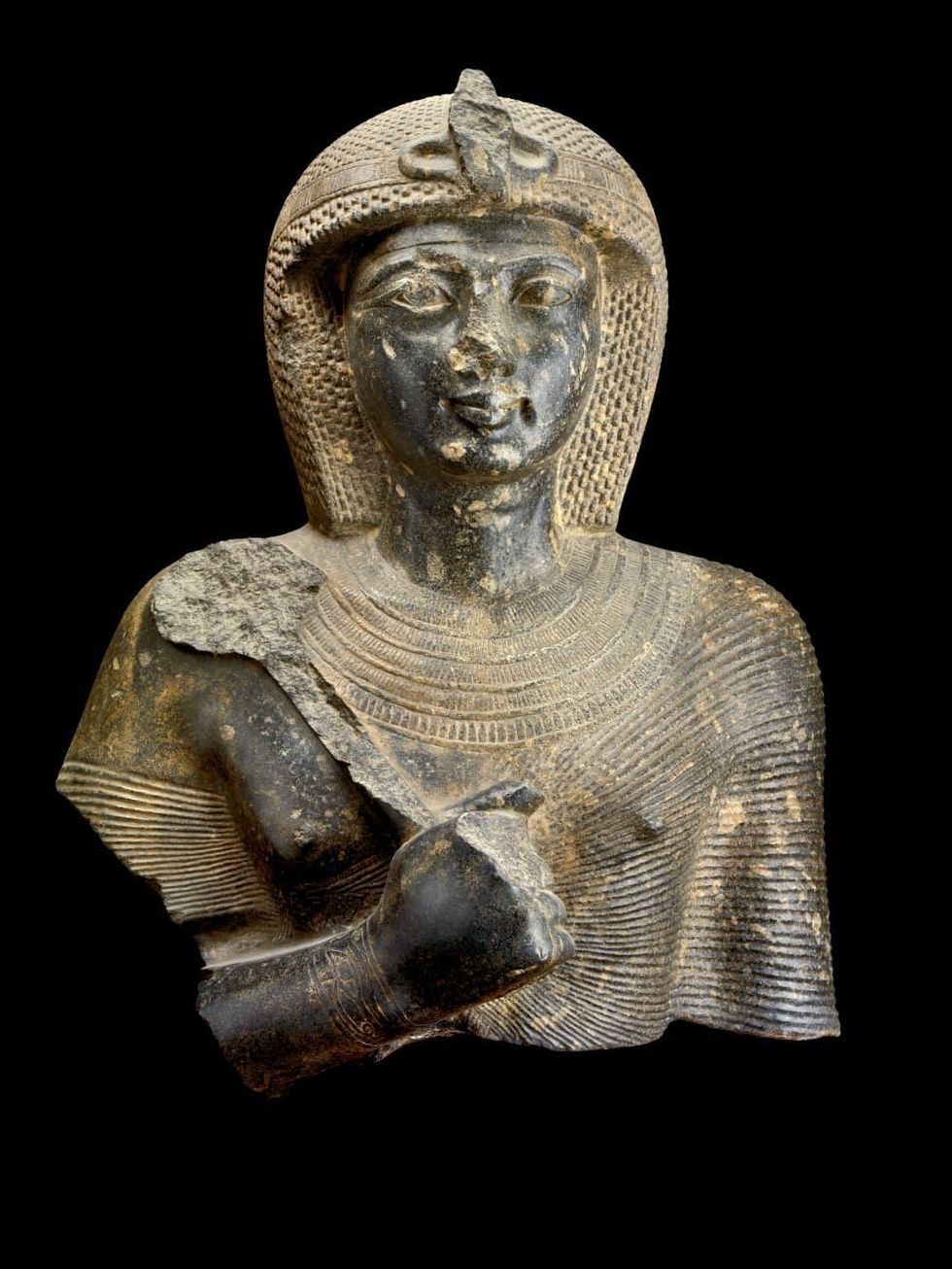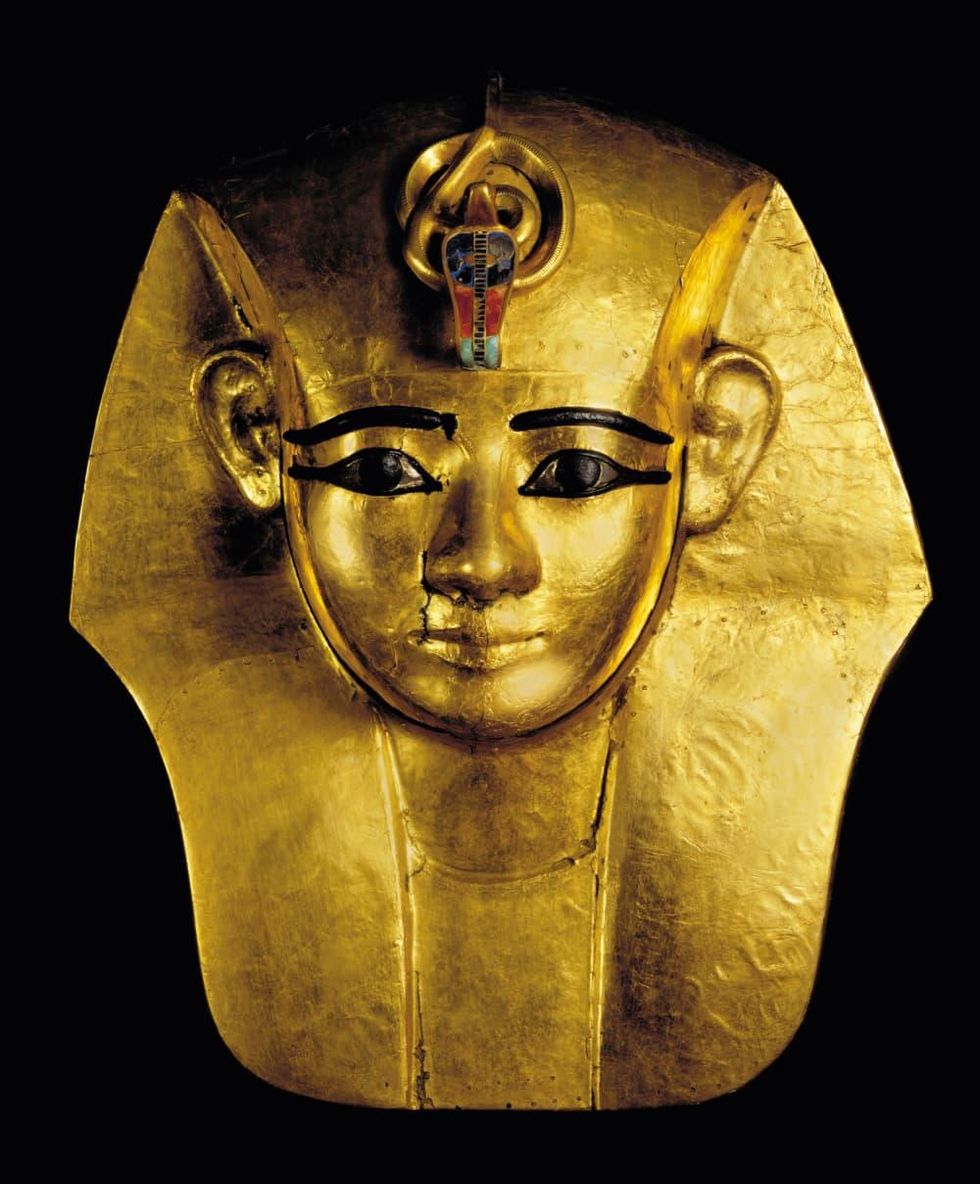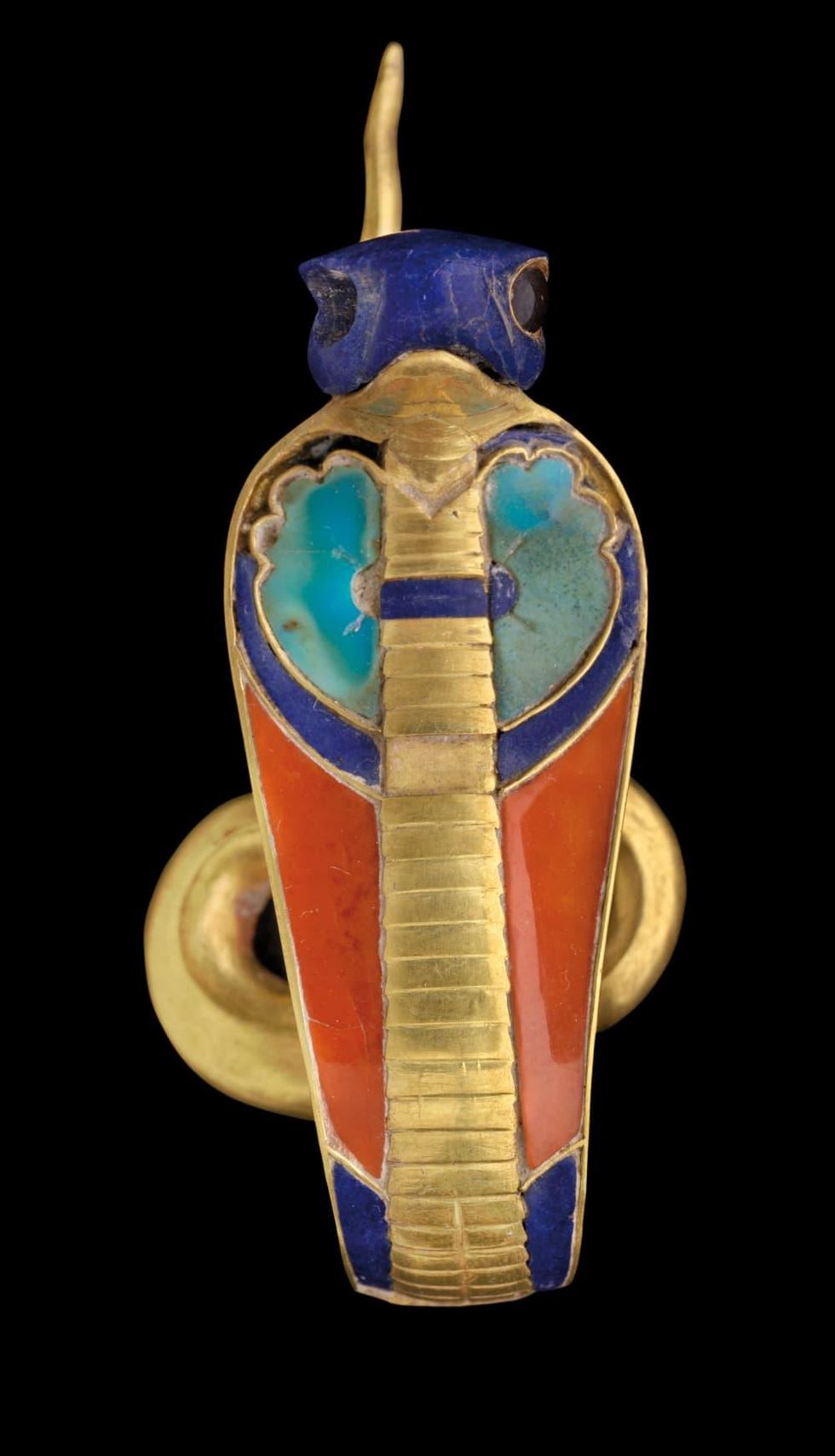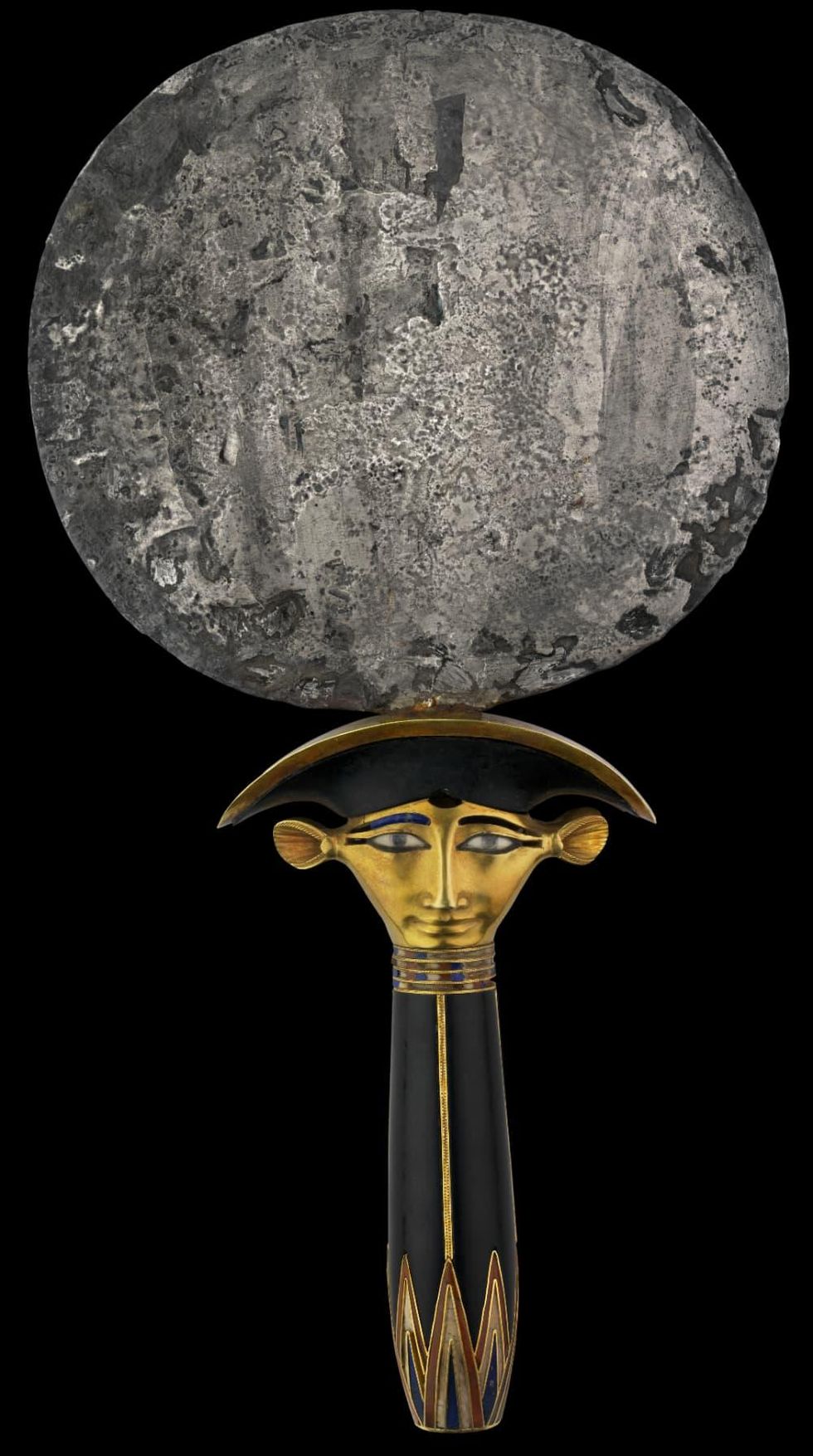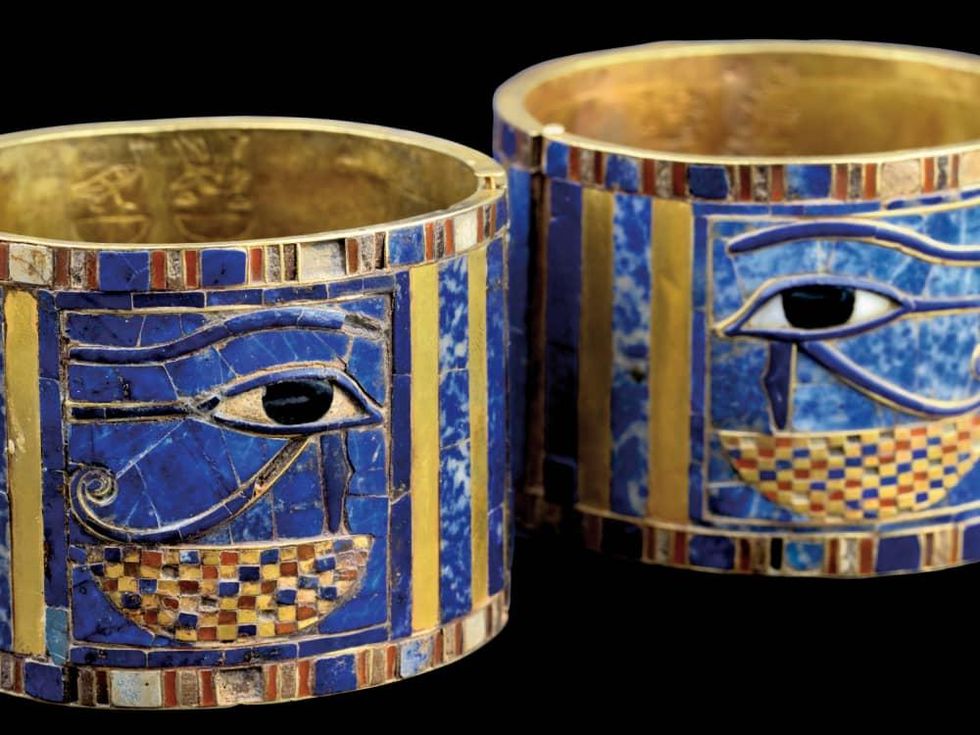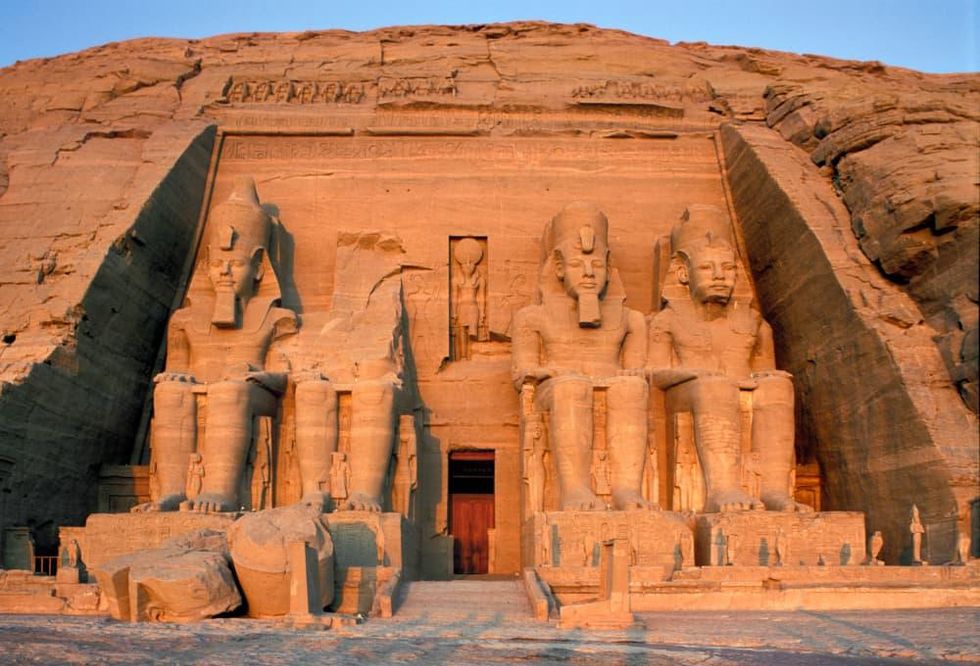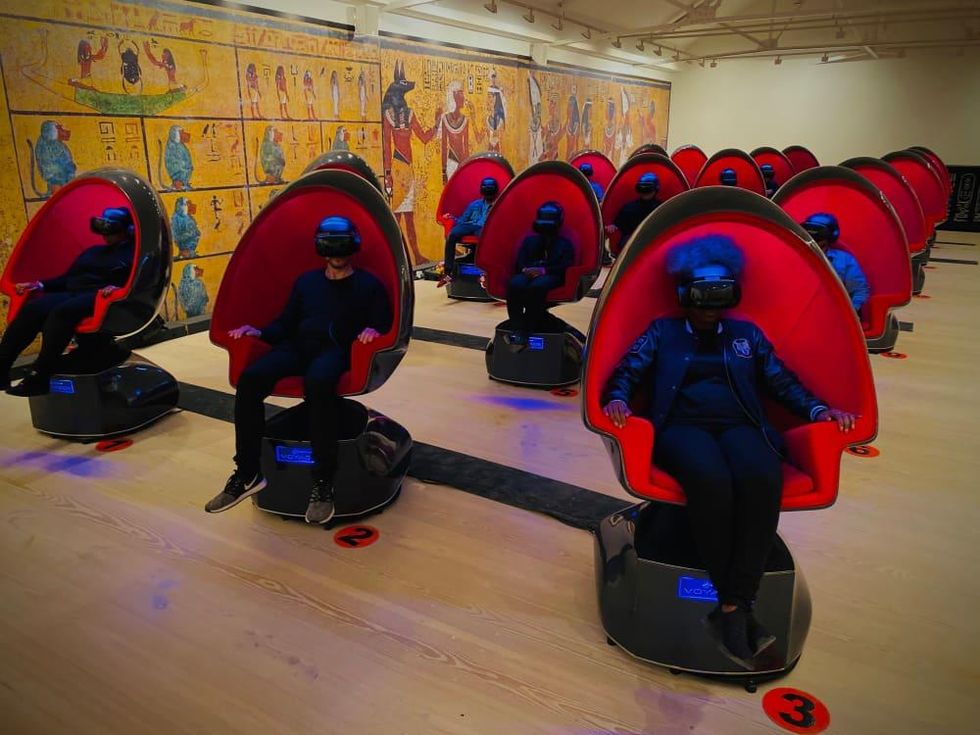Museum news
Groundbreaking new exhibition at Texas museum hails Egypt's Ramses the Great
Iconic, innovative, and visionary, Ramses II is arguably the most heralded pharaoh of all ancient Egypt. Known historically and in pop culture as Ramses the Great, the deified leader reclaimed lost lands, expanded his nation’s borders, brokered the first peace treaty in human history, and spearheaded the building of cities, temples, and monuments — to name a few of his myriad accomplishments.
Egypt’s most famous figurehead will be celebrated in a new exhibition at the Houston Museum of Natural Science this fall. “Ramses the Great and the Gold of the Pharaohs” is set to open November 20 as part of a world premiere engagement and 10-city global tour. Tickets are $27 and are on sale online now.
According to a release, at the immersive, state-of-the-art exhibit, visitors can walk among real colossal statues and witness a multimedia re-creation of Ramses’ triumph at the Battle of Kadesh, widely considered the largest chariot battle ever fought.
An expertly preserved collection of artifacts, including sarcophagi, animal mummies, magnificent jewelry, intricate royal masks, opulent amulets, and ornate golden treasures of the tomb, will be on display, showcasing the skilled workmanship of Egyptian artists.
The journey begins via a 120-degree curved HD projection screen, which offers a sweeping panoramic view of Egypt and a backstory on Ramses the Great. Surround-sound audio choreographed with programmed lighting follows, with more on the life of Ramses — including the 19th-century surprise discovery of his mummified remains.
Next up in an immersive virtual reality experience with fast-paced highlights of the pharaoh’s greatest moments, the temples of Abu Simbel and Nefertari’s Tomb. A ghostly apparition of Nefertari, Ramses' wife, attempts to rejoin her husband.
The spectre of Nefertari takes visitors through Ramses’ transformation of Egypt as a valiant and fearless general, civil architect, and stalwart custodian of the ancient Egyptian religion, press materials note. While sitting in cinematic motion chairs, viewers will “fly” through temples, sandstorms, and eventually come face-to-face with Ramses’ mummy.
That mummy encounter is significant: Famously, the pharaoh’s tomb was ransacked by robbers, leaving historians and the world believing that his mummy and corresponding treasures buried with him were lost — forever. However, in 1881, Ramses the Great’s mummy cache was dramatically re-discovered along with other long-lost royal mummies.
“Ramses II is considered to be the greatest king to ever rule Egypt” said former Egyptian minister of antiquities Dr. Zahi Hawass, in a statement. “Many of the structures and artifacts that we’ve used to trace the history of Egypt were created as a result of Ramses the Great. This exhibition will illuminate the pivotal moments that earned the great pharaoh his place in history while bringing visitors face-to-face with beautiful Egyptian artifacts.”
---
“Ramses the Great and the Gold of the Pharaohs” at Houston Museum of Natural Science; 5555 Hermann Park Dr. For tickets and information, visit hmns.org.
